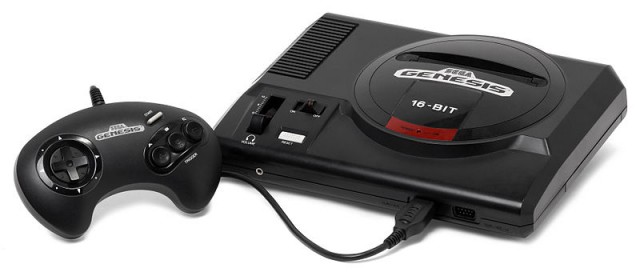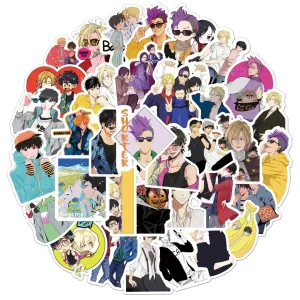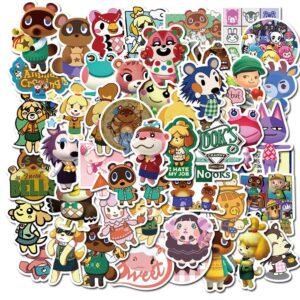Video game consoles have come a long way since their inception in the 1970s. With each year, new consoles are developed and released, providing gamers with unique and immersive experiences. One such console that rose to prominence in the early ’90s was the Sega CD (1991). This console, developed and manufactured by Sega, was an add-on to the Sega Genesis. The device’s greatest selling point was its ability to provide gamers with access to games with CD-quality audio, previously unavailable on cartridge-based systems.
While the console had its share of successes, it faced stiff competition from other consoles in the market. In this article, we take a look at the history of the Sega CD, its reception and sales figures, available games, and a review of the console as a whole. We will delve into the details that made this console stand out from its competitors and assess its impact on the ever-evolving video game industry.
Sega CD History
The Sega CD (1991) was a video game console that was released by Sega as an extension to the popular Sega Genesis console. It was released in Japan in December 1991 and later in North America in 1992. The development of the console was a result of the competition between Sega and Nintendo, and Sega’s desire to gain an edge in the market.
One of the biggest advantages of the Sega CD was its technological advancements. The console had a faster processor than its competitors, which allowed for superior graphics and sound capabilities. Sega CD also had a built-in CD-ROM drive, which was a significant technological improvement over the cartridge-based games of the time.
Sega CD faced fierce competition from other consoles, including the TurboGrafx-16 and the Super Nintendo Entertainment System (SNES). In addition to these competitors, Sega also faced challenges from the emerging PC gaming market, which was gaining popularity due to technological advancements and the availability of more extensive libraries of games.
After the initial success of the Sega CD, it faced tough competition from the SNES and other consoles, which had more extensive libraries of high-quality games and more significant marketing budgets. Despite this, the Sega CD remains an essential part of video game history, and its contribution to technological advancements in gaming cannot be overlooked.
Reception and Sales
The Sega CD was first released on December 12, 1991, with a retail price of $299, or around $570 when adjusted for inflation. Despite much anticipation and hype surrounding the console, its initial reception from critics and gamers was mixed.
Critics praised the Sega CD for its impressive hardware capabilities, such as the ability to display full-motion video and CD-quality audio. However, they also criticized the console for its high price point, limited game library, and lack of backward compatibility with previous Sega consoles. Gamers had a similar reaction, with some loving the console’s capabilities and others feeling disappointed by its lack of games and high cost.
In terms of sales figures, it’s difficult to say definitively whether the Sega CD was a success or a failure. Sega announced that it had sold over 200,000 units in the United States by the end of 1991, which was a promising start. However, the console faced stiff competition from the Super Nintendo Entertainment System and the Sega Genesis. Additionally, the limited game library and high price point likely turned many potential buyers away.
Despite these setbacks, the Sega CD still managed to become an enduring and beloved console for many gamers. Its legacy continues to be felt in the gaming industry today, and it remains a fascinating example of early CD-based gaming technology.
Sega CD Games
Sega CD arrived on the market in 1991 bearing many games that pushed the limits of the console. Although some games were just updated versions of previously released titles, several games were designed explicitly for the Sega CD’s impressive enhancement capabilities. Below is a list of some of the games available on the console:
Overview of Available Games:
- Sonic CD (1993): A side-scrolling platformer game featuring Sonic the Hedgehog. It’s known for its time-traveling gameplay, excellent graphics, and catchy music. This game was a must-have for any Sega fan in the early ’90s.
- Night Trap (1992): This interactive movie game had players protecting a house full of teenage girls from vampiric enemies. Night Trap was controversial because of its depiction of violence and sexualization of teenage girls. The game ultimately led to the creation of a video game rating system.
- Snatcher (1992): This cyberpunk-themed graphic adventure game was one of the most popular games on Sega CD. It is praised for its detailed graphics, compelling story, and its ability to keep the player engaged throughout the game.
- Ecco the Dolphin (1993): A side-scrolling aquatic-themed game that managed to gather a substantial following due to its unconventional gameplay and intriguing story. The game offered an exploration of a vast underwater world and a unique gameplay experience that players found engaging and immersive.
- Popful Mail (1994): This anime-inspired side-scrolling adventure game offers a quirky and light-hearted experience for the players. This game features engaging fantasy worlds, funny characters, and draws inspiration from classic RPG games.
Best-Selling Titles:
- Final Fight CD (1993): Based on the popular arcade game, this fighting game is one of the most popular games on Sega CD. It offers visuals, animations, and sound effects superior to the Super Nintendo version, making it a fan favorite.
- Ground Zero Texas (1993): Another interactive movie-style game featuring live-action video. The game’s unique gaming concept was alluring, and it was the highest-selling game on Sega CD in 1993.
- Mad Dog McCree (1990): A wild west-themed shooting game that used real footage for a unique experience. This game is one of the highest-selling games of all time on Sega CD.
Critically Acclaimed Games:
- Shining Force CD (1994): An RPG game that was considered a masterpiece by many reviewers. Shining Force CD improved on its predecessor’s gameplay mechanics, added exciting new features, and offered exceptional storytelling, making it one of the best RPG games on the console.
- Keio Flying Squadron (1993): This fantastic anime-style game was the first game to feature a female Japanese manga character. This game offered exciting gameplay, catchy music, and one of the most engaging and appealing gaming experiences on the Mega-CD platform.
- Lunar: The Silver Star (1992): An RPG game that has become a cult classic among Sega CD enthusiasts. It offers excellent soundtracks, engaging storylines, and narrative twists.
Looking through these titles, you can get a sense of what made Sega CD unique. There were many available games that emphasized the platform’s audio and video capabilities, which was its most admired feature. While some of these games are difficult to find today, they are still relevant to the growth and development of the video game industry.
Review of Sega CD
After exploring the history, reception, and games of the Sega CD, it’s time to evaluate the console and discuss its pros and cons. Here are some of the advantages and disadvantages we found:
Pros:
- The Sega CD was one of the first consoles to utilize CD-ROM technology, which allowed for more data storage and better graphics.
- The console featured a robust library of over 150 games, including popular franchises such as Sonic the Hedgehog and Lunar: The Silver Star.
- The Sega CD offered a variety of multimedia features, such as playing music CDs and photo CDs, making it a more versatile entertainment system.
Cons:
- While the CD technology was innovative, the console was noticeably more expensive than its cartridge-based competitors.
- The Sega CD was notorious for its lengthy load times, which could detract from the overall gaming experience.
- The console lacked third-party support, meaning that many games were exclusive to Sega and the selection of games was somewhat limited.
When compared to other consoles of its time, such as the Super Nintendo and the Sega Genesis, the Sega CD offered a unique experience with its multimedia capabilities. However, despite its technical innovations and library of games, it ultimately fell behind its competitors in terms of market success.
Overall, the Sega CD will always hold a special place in video game history as one of the pioneers of CD-ROM technology in gaming. While it may not have been the most popular console of its time, its contributions to the industry cannot be overlooked.
FAQs
- What was the purpose of the Sega CD?
The Sega CD was an attachment for the Sega Genesis that allowed players to play CD-based games, rather than just cartridge-based games. - What were some technological advancements of the Sega CD?
The Sega CD was the first console to use disc-based media, which allowed for larger games and better audio quality. It also included additional hardware, such as a faster processor and more memory. - What were some of the best-selling Sega CD games?
The top-selling Sega CD games were “Sonic CD,” “Ecco the Dolphin,” “Final Fight,” “Lunar: Eternal Blue,” and “The Terminator.” - How did the Sega CD compare with its competitors?
The Sega CD was seen as lagging behind its competitors, such as the Super Nintendo and the Sony PlayStation, in terms of graphics and overall game quality. - What was the overall evaluation of the Sega CD?
The Sega CD was an interesting addition to the video game console market, but ultimately failed to make a significant impact due to various technical and marketing issues. However, it paved the way for later consoles to use disc-based media and offered some unique and memorable games.












